When to Use Fusible Applique
When it comes to quilt construction, we have hundreds of choices when it comes to HOW a quilt comes together. As you learn new techniques, it might become confusing to pick which technique to use for each project.
Yesterday we learned all about fusible applique and the steps to cut and fuse the 12 butterflies for the Dancing Butterfly Quilt. Click here to check out the post Fusible Applique Tips.
But fusible applique is not the ONLY way you can create these shapes. There are a lot of other construction techniques you could use to make the Dancing Butterfly Quilt.
So what made me choose fusible applique for this project? When you work on a future quilt, what will be the markers for choosing fusible applique over other techniques?
I picked this technique for the following reasons: it’s the fastest and easiest method for the particular butterfly shapes we are working with, it’s fairly well known and understood, and it’s not overly complicated or requiring lots of special material, fabric, or tools.
In short – the small shapes and simple design made fusible applique an easy choice for this project.
Even if the project had been more complicated, like a Baltimore Album style block, fusible applique would probably still be my first choice, but if the pieces were SUPER tiny, I would likely chose to leave the edges of the pieces raw rather than cover them with satin stitching.
Of course, this is just my opinion based on how much time and effort I want to put into the blocks. I’ve never tried a Baltimore Album quilt precisely because I really hate lots of fiddly pieces!
Whenever I work on a quilt design, from the very beginning I’m thinking about how to construct it. In the case of Dancing Butterfly, the butterflies were relatively small, simple shapes placed on top of pieced blocks.
Had the butterflies been three times bigger or placed on a curving landscape style quilt, I might have chosen a different construction method.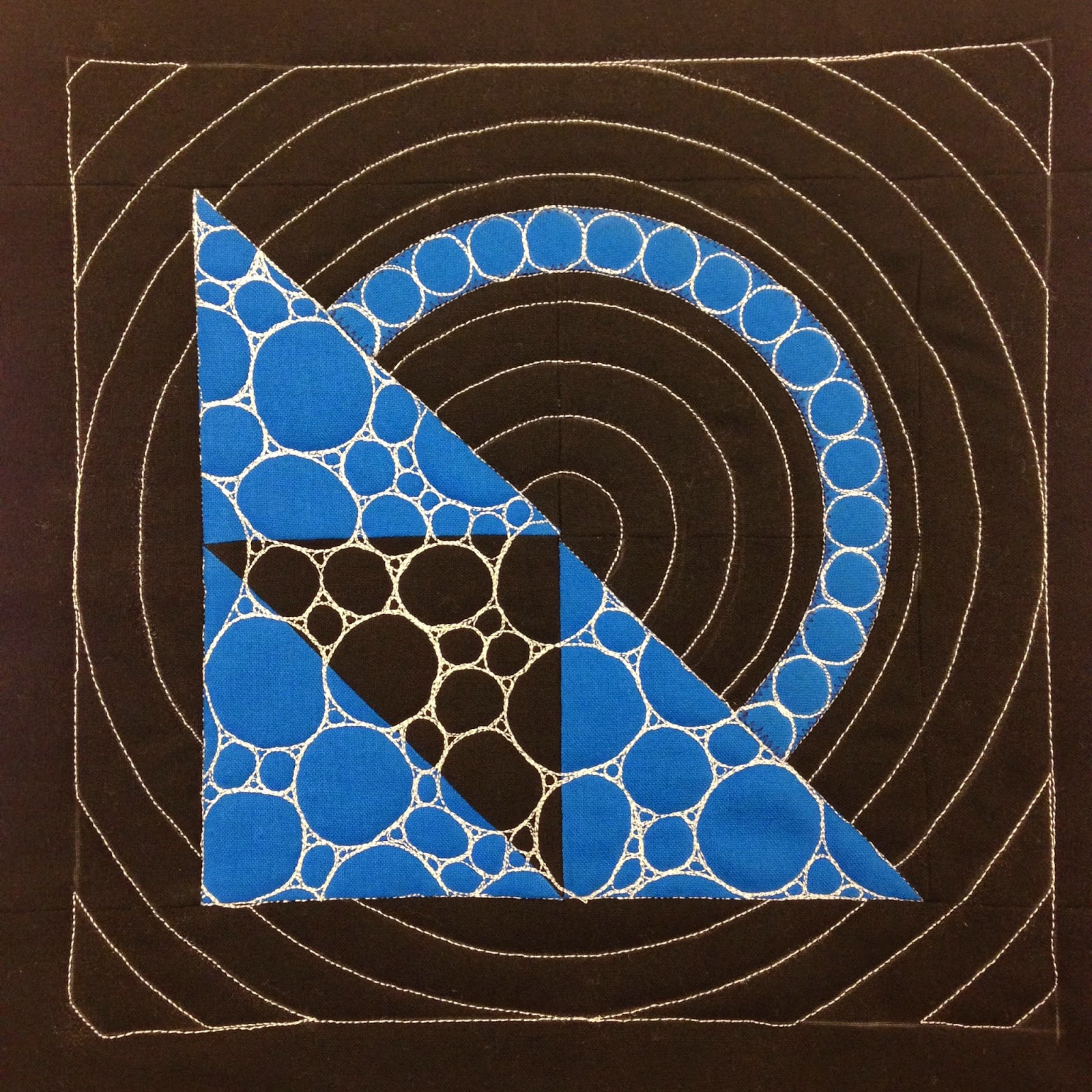
One method I like to use for larger applique is Turn Edge Freezer Paper Applique. This is the same technique we used to turn the basket handle in the Building Blocks Basket.
Using a freezer paper template and starch, you can turn the edges of the fabric over to create a smooth, turned edge along all the pieces.
Had I been aiming for a very artistic, puffy quilt designed to hang on a wall, I might have chosen Trapplique, which I used to cover a mistake in my Express Your Love Quilt.
This method involves quilting fabric and batting separately, then cutting out the shape and satin stitching it over the basted block with a super wide satin stitch. The resulting effect is super puffy, hence the combined name from Trapunto and Applique.
So what is the BEST choice? Why did I choose fusible applique when there are obviously other choices I could have made?
I chose fusible applique, finished with a satin stitch because it’s the most common and widely used technique. It’s also the most widely accepted, meaning I don’t have as much of a fight with quilters over the materials or methods used.
 Fight??? Yes, sometimes it feels like a fight to introduce new ideas and techniques. Just last year I made the mistake of introducing both paper piecing and t-shirt quilting with the Spinning Square block. That single block resulted in hundreds of emails a week from confused quilters. I’ve learned my lesson!
Fight??? Yes, sometimes it feels like a fight to introduce new ideas and techniques. Just last year I made the mistake of introducing both paper piecing and t-shirt quilting with the Spinning Square block. That single block resulted in hundreds of emails a week from confused quilters. I’ve learned my lesson!
So yes, my choice for fusible applique was largely chosen because it’s simple and easy to teach and most people are willing to try it.
But what about other quilts? Just recently I put together this Dream Goddess in just a few days with No Sewing Until You Quilt It, an applique method I’ve used for years.
I chose this method because the pieces were very large and the lines mostly smooth and easy to turn. This quilt would have been harder to construct with fusible applique because the shapes were so huge.
I’ve tried fusible applique on big pieces like this and never managed to get the fusible web to consistently stick to such a large piece. I get too impatient while pressing big pieces of fabric and never get the fusible web to stick consistently.
So that is the #1 thing I think about when picking a constructions method – How easy will it be to create this quilt with this technique? What will be the challenges or issues? What will slow me down?
When constructing My Cup Runneth Over, I choose fusible applique and it was one of the first projects I ever used with this technique. Unfortunately all the little fiddly pieces in the water section really slowed me down and I found the raw edges distracting once the section was finished.
It’s really frustrating to spend weeks working on a quilt, only to feel frustrated by the construction method or dissatisfied with the finished results.
However, sometimes dissatisfaction is unavoidable. In order to learn a new technique, you have to give it a try and experiment! Sometimes experimenting makes a mess and things don’t work out, but in the end you will have learned a lot.
Experimenting is the only way to know what works and what doesn’t.
I’ve written this in several places in my sewing room so I can remember the importance of experimentation. Sometimes I feel very afraid of trying new things, both for fear of wasting my time, and fear of wasting materials.
I like having a reminder that experimenting isn’t a waste, it’s a learning experience. Even if the quilt doesn’t work out perfectly, I will have learned the limitations of that new technique and be able to make a better choice next time.
I know that not everyone is comfortable with this mentality. Many members of the Quilt Police are so rigid in their thinking that they could never consider experimenting with fusible web, polyester thread, or pressing seams open. Experimenting for this type of person doesn’t exist because they have learned there is ONE way to make a quilt and ALL OTHER methods and materials are WRONG!
Personally that sounds like a great way to make the same boring quilts over and over!
So understand – the choice of where you use fusible applique is entirely up to you. As you gain more experience with this technique, you’ll be able to judge which quilts will will work well for this construction method.
Experience trumps everything. Make more quilts and have FUN! That’s the whole point!
Let’s go quilt,
Leah Day


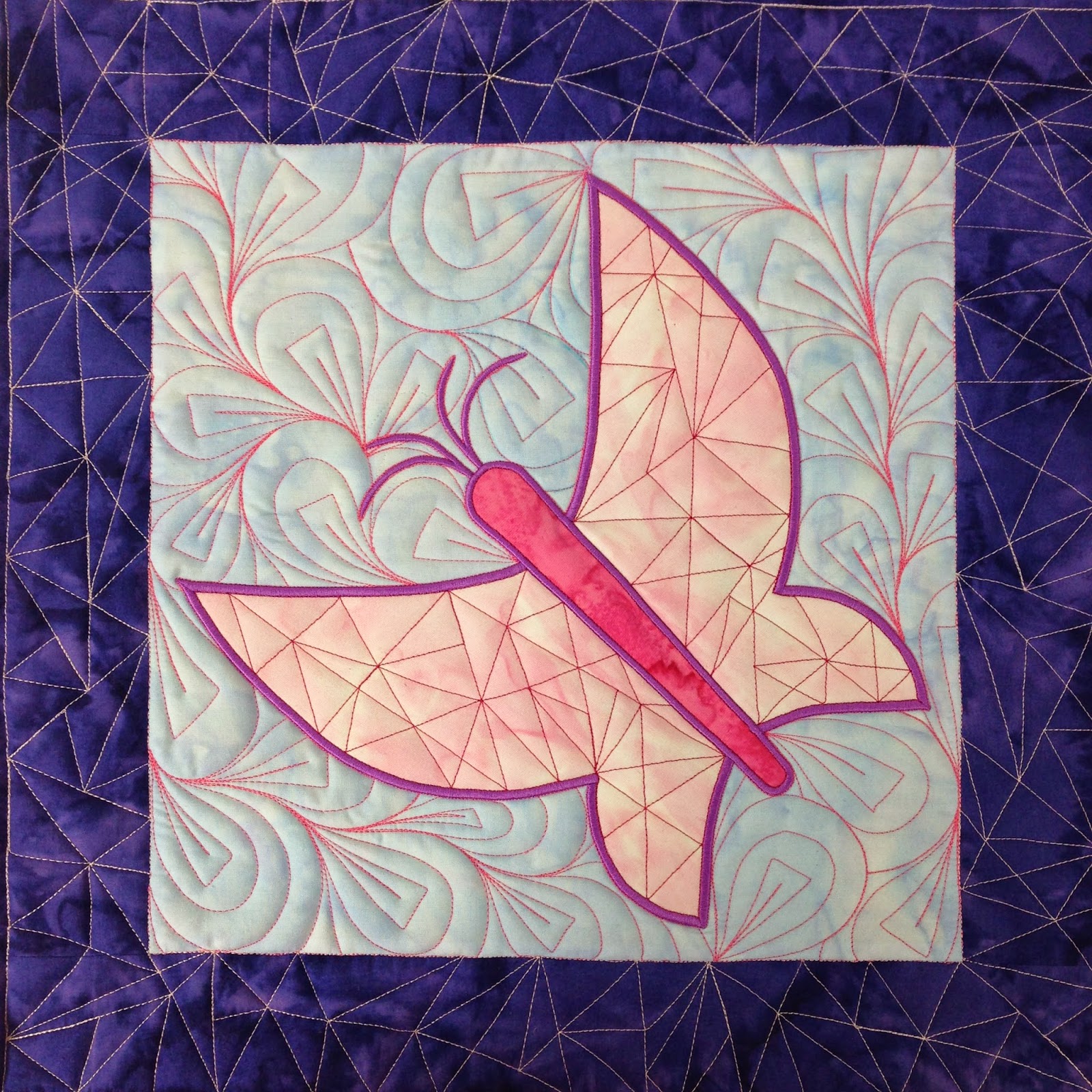
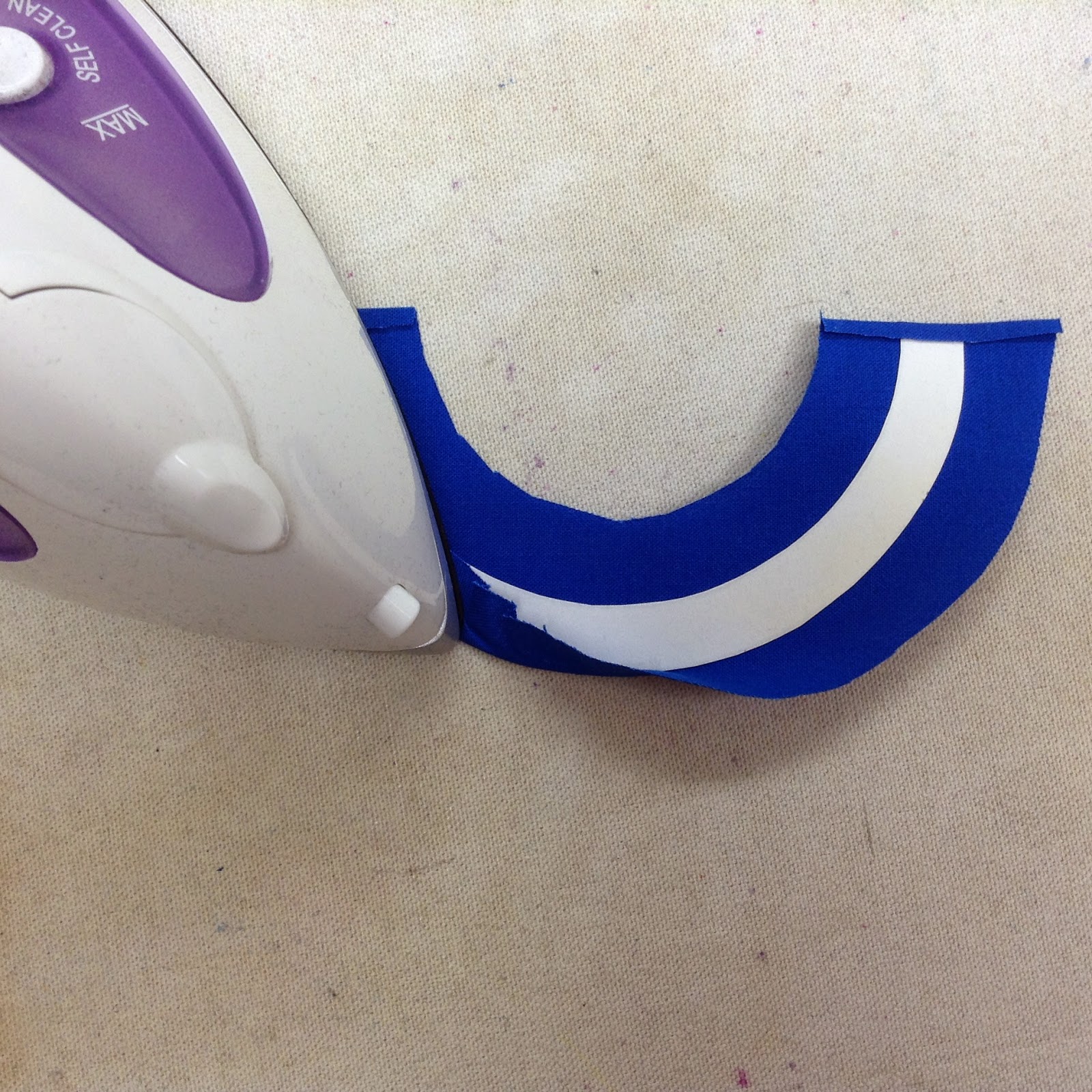
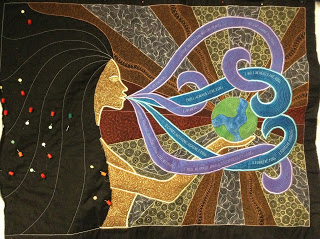

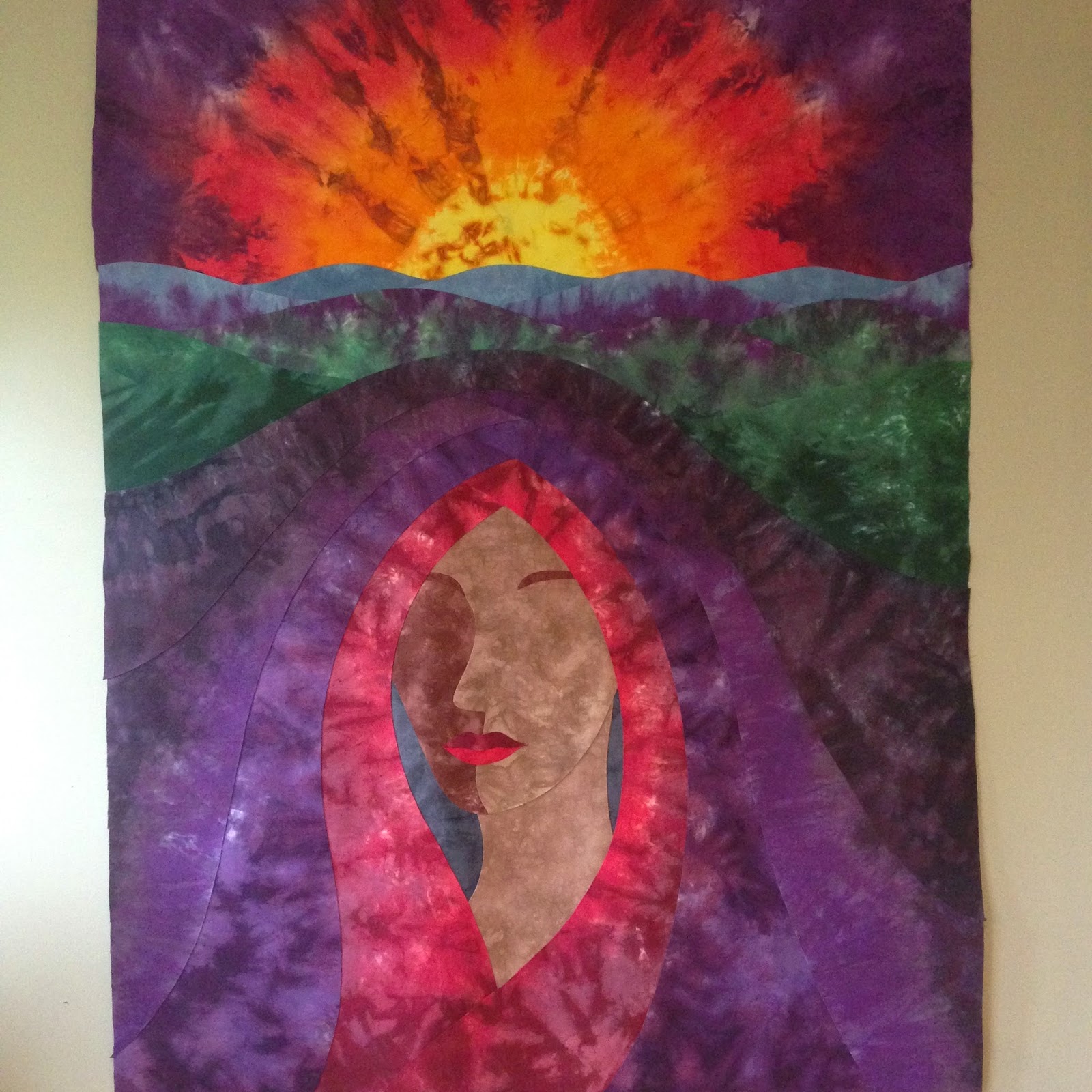
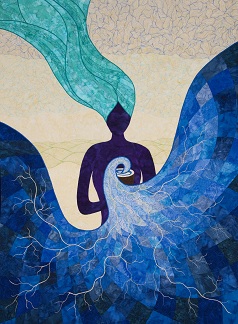
I had never quilted before i stumbled upon your various youtube videos. I have done taken your classes and have joined in on your qal's. It's your diversity that draws me to your teaching. I applaud you for your willingness to reach into your vast bag of tricks and share them with us. I embrace the adventure. Thank you.
I think it's great to think outside the box. That is what artist do! I'm also experimenting on appliqué for a sturdier quilt finish. I want my quilts to be used not hang on a wall. Although, hanging on the wall is not a bad thing I just don't make my quilts small enough. But that could change as I experiment with different techniques. I'm currently going to try Sulky Totally Stable in place of freezer paper. A technique you probably are familiar with from Barbara Olson. BTW love your stuff. Thanks for taking the time to reach out to us quilters that want to move on from any rigid system that use to be. : D